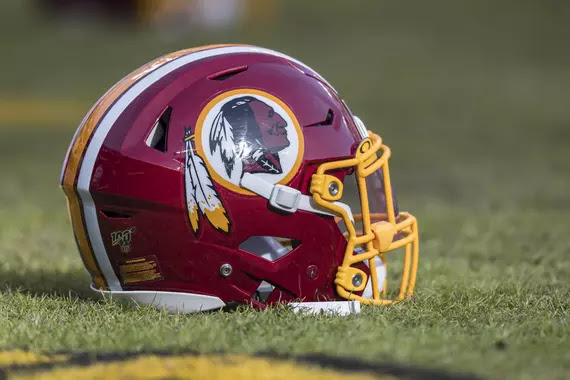The best American Native Athletes in the Olympics
Andrew Sockalexis, one of Maine's great athletes is getting some national recognition this summer, 100 years after he just missed the medal stand in the 1912 Olympics. Sockalexis was born on January 11, 1891, in Old Town, Maine, a member of the Penobscot Indian Nation. Careerof the Penobscot Nation was 20 years old and had only been running in major races for about a year when he finished fourth in the 1912 marathon in Stockholm, Sweden.
The Portland Press Herald reports that he is one of five athletes profiled in an exhibit about native American athletes at the National Museum of the American Indian in Washington. Maine author Ed Rice, who has written a biography of Sockalexis, says he was a phenomenal runner with enormous potential. But Sockalexis contracted tuberculosis a few years after his Olympic run and died at age 27.
Exhibition: 'Best in the World: Native Athletes in the Olympics'
National Museum of the American Indian, Washington.
This exhibition features American Native athletes who have provided some of the most dramatic moments in Olympic history. Special attention is given to the 1912 Games in Stockholm, whose centenary we celebrate in 2012, and in which Jim Thorpe (Sac and Fox ) won both the Pentathlon and the Decathlon (a feat not since accomplished); Duke Kahanamoku (Native Hawaiian) won the 100 Meter Freestyle; Andrew Sockalexis (Penobscot) placed fourth in the Marathon; and Lewis Tewanima (Hopi) won the Silver medal and set an American record for the 10,000 Meters, which stood for more than 50 years until another American Indian, Billy Mills (Oglala Lakota), won Gold in Tokyo in 1964.
http://nmai.si.edu/explore/exhibitions/item/504/
http://www.wabi.tv/news/32502/native-american-runner-andrew-sockalexis-profiled-in-museum
The Portland Press Herald reports that he is one of five athletes profiled in an exhibit about native American athletes at the National Museum of the American Indian in Washington. Maine author Ed Rice, who has written a biography of Sockalexis, says he was a phenomenal runner with enormous potential. But Sockalexis contracted tuberculosis a few years after his Olympic run and died at age 27.
Exhibition: 'Best in the World: Native Athletes in the Olympics'
National Museum of the American Indian, Washington.
This exhibition features American Native athletes who have provided some of the most dramatic moments in Olympic history. Special attention is given to the 1912 Games in Stockholm, whose centenary we celebrate in 2012, and in which Jim Thorpe (Sac and Fox ) won both the Pentathlon and the Decathlon (a feat not since accomplished); Duke Kahanamoku (Native Hawaiian) won the 100 Meter Freestyle; Andrew Sockalexis (Penobscot) placed fourth in the Marathon; and Lewis Tewanima (Hopi) won the Silver medal and set an American record for the 10,000 Meters, which stood for more than 50 years until another American Indian, Billy Mills (Oglala Lakota), won Gold in Tokyo in 1964.
http://nmai.si.edu/explore/exhibitions/item/504/
http://www.wabi.tv/news/32502/native-american-runner-andrew-sockalexis-profiled-in-museum



Comments
Post a Comment